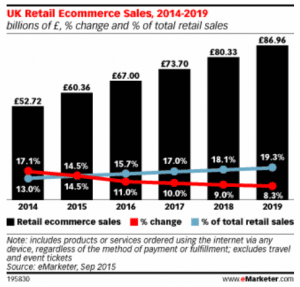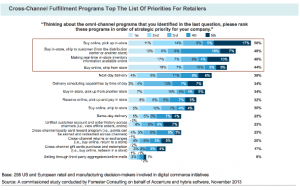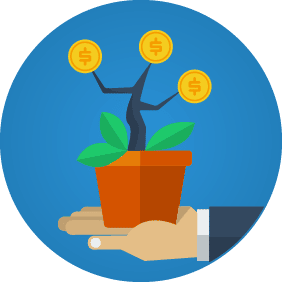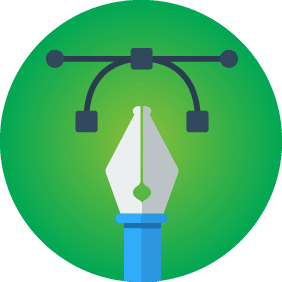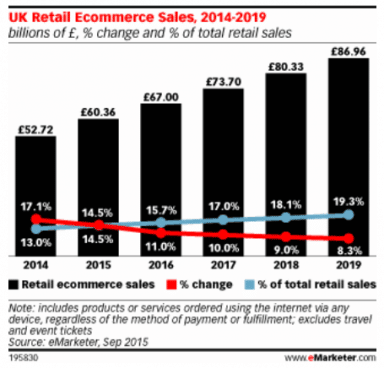
Ecommerce is growing fast, and it’ll continue to do so.
Customer buying habits are constantly shifting and retailers (pure online retailers or brick-and-mortar converts) are forever playing catch up. Across the global markets of UK, US, Germany, France, and emerging economies such as India and China, you can bet on thing: ecommerce trends will continue to evolve.
Did you know that the U.S. came in second with $349.06B in projected eCommerce sales in 2015?
According to Remarkety,
- Even though only 28% of small business are selling products online, over half (57.4%) of the US public shop online
- 98.9 million Americans have purchased on a mobile device at least once
- 80% of people who shop on tablets will place an order on one. Only half of the people who actually shop on a smartphone will place an order on their phone, preferring a tablet or PC
Retailers have a long way to go, marketers aren’t pushing the metal to the pedal, online almost merges with offline buying experiences, and the shift to mobile continues to be strong.
Every passing trend – whether it stays or not — has a direct correlation with profits.
A few trends remained strong. Free shipping, for instance, still draws in the crowds. Also, a great UX/UI experience is mandatory.
Better prices, convenience, a huge variety to choose from, reduced expenses, ability to compare prices, a ticket to compulsive shopping behavior, and even discreet purchasing are all strong trends that more or less became the norm – the very reason why people shop online.
With regular and unceasing growth across markets, we’ll all do well to stay on top of a few important and new ecommerce trends.
Here are some of those:
UK leads, US follows, & The Shift to Mobile Is Clear
At least in the developed countries, there was a time when ecommerce sales grew fast. Take the UK retail ecommerce sales, as a case in point. According to eMarketer, growth rates are declining but the percentage of total sales will continue to grow, reaching up to 19.3% of the total retail ecommerce sales by 2019.
That said, at those rates, UK continues to lead the world when it comes to ecommerce sales. Ecommerce trail blazers that the British are, they continue to adopt to mobile devices, thereby giving boost to mobile shopping, and retail m-commerce. By 2019, UK’s retail m-commerce sales will touch 40 Billion GBP (almost half of total retail ecommerce).
While the growth rates in the U.S are a tad smaller, the US annual e-retail sales surpassed $300 billion for the first time in 2014, up by 15.4% from 2014. The growth rates, however, are lesser than that of UK and also shifting towards mobile, as Allison Enright of Internet Retailer points out.
Omni channel is the way forward
It’s not about ecommerce; it’s not even about m-commerce. Say hello to Omni channel and that’s what customers demand today.
Increasingly, the divide between online Vs offline, direct response Vs pure branding efforts is eroding as the number of customer interactions on location, mobile, desktop, and in retail stores is converging.
Many brick-and- mortar retailers are now pushing a combination of the web, the mobile, social, and other web properties and channels to work for them. Building Omni Channel capabilities puts retailers directly in line to strategically enhance customer experience, improving sales, and driving profits.
For brands and retailers with their fingers on the trigger, ready to adapt, the real impact for consumers (and hence profitability) comes from Omni channel capabilities. For instance, a new Internet Retailer survey reveals that over 91% of customers who picked up online orders in a “retail store” rated the experience as “excellent”.
According to SAP report, at least 71% of people who shop regularly expert to see in-store inventory online. Another 50% expect to buy online and pick up goods in the store. Customers prefer to purchase (backorder) out of stock products and expect retailers to ship it to their homes.
About 39% of the customers are very unlikely to visit a store if the “retailers’ online store” does not provide information on the physical store’s inventory.
See how it’s all coming together?
Context is the new personalization
Big-data and predictive analysis helps boost business margins. Apart from the cold hard truth about the effectiveness of data-driven decision-making, the big reason why this is the norm today is because of contextualization. As customers go shopping online or offline, suggestions are customized to their browsing habits. Shoppers appreciate customized suggestions and timely cross-sells. Sales copy changes based on previous buying habits of customers. Suggestions popup in real time while customers browse online.
Less friction to customers’ journey and contextualized content presented to the customers at the right time is plain profitable.
According to Smart Insights, businesses report an average of 60% increase in business margins and at least 1% improvement in labor productivity for retailers using big-data. Companies reveal what they see 73% higher sales when they throw predictive analysis into the mix.
A user-centric, optimized experience isn’t just a “nice to have”; it gives competitive advantage. By the end of 2016, customer experience is where the focus is going to be.
Same Day Delivery, anyone?
What do you when more than 60% of shoppers in Canada and United States rank shipping cost as their priority while shopping? Add another 28% and 22% of Americans and Canadians ranking delivery speed as the next important priority?
You throw both of those in for free or low cost along with the overall shopping experience and you get Free, Same-Day Shipping. Do this and you give even more reasons for people to shop online, and from you.
Glenn Taylor of Retail Touch Points writes about how Amazon started it with Prime Now service, and retailers are catching up, and how. By 2018, the value of merchandize delivered via same-day delivery across 20 U.S cities is expected to touch $4 billion.
Last year, Nate Gilmore of Shipwire, predicted that same-day delivery is getting more relevant. Warehouses now get closer to buying hubs, technology adoption for better logistics is on the rise, and even Amazon has gone all in for local delivery hubs.
With Amazon Local, Google Shopping Express, various logistics and technology startups, and the unquenchable thirst for instant gratification will all make same day delivery the new norm.
How you do predict these trends will affect retailers, customers, and ecommerce on the whole?
We’d love to hear your thoughts. Do fill out our online lead form and you’ll hear from us.
September 15, 2016
